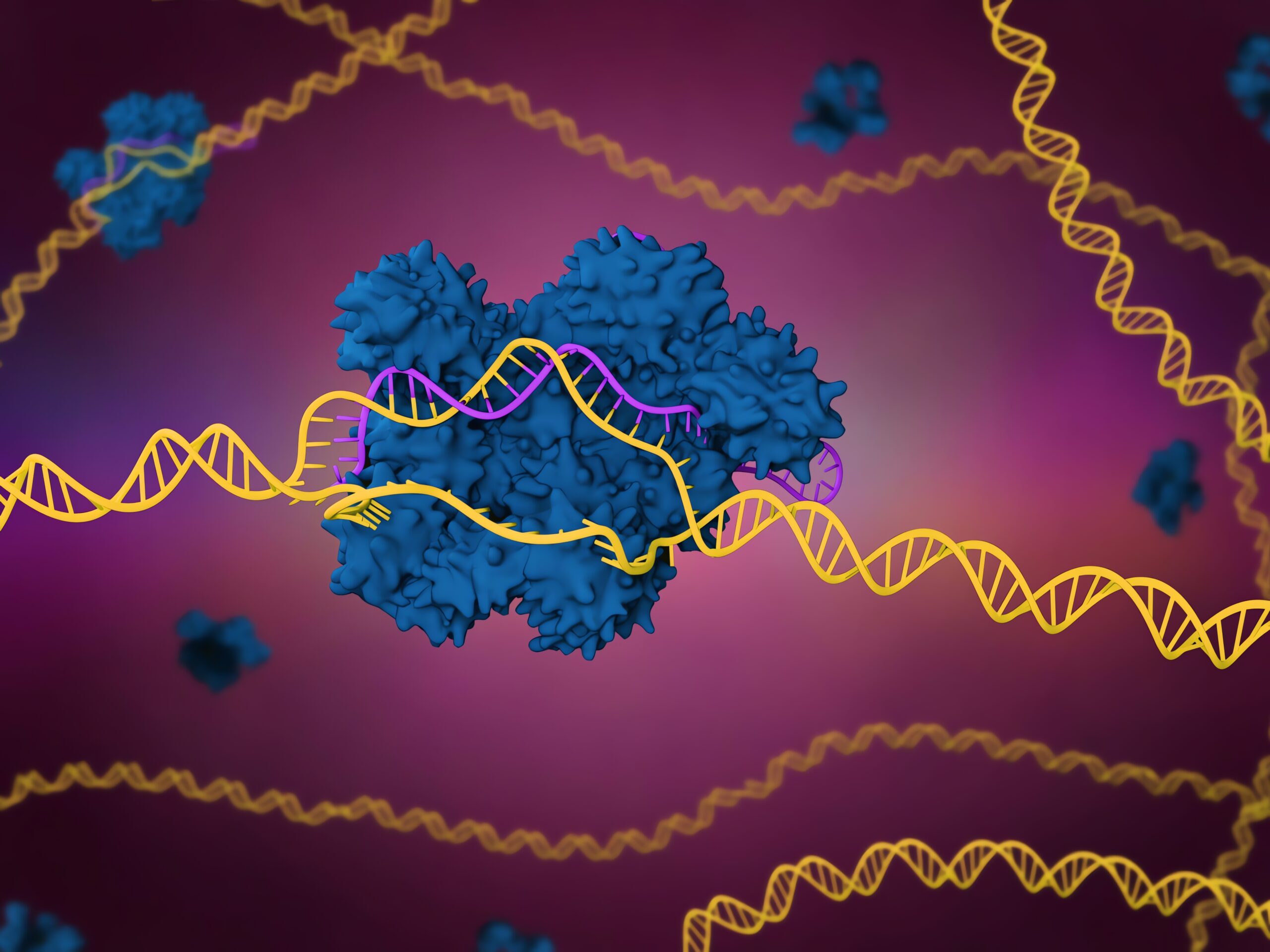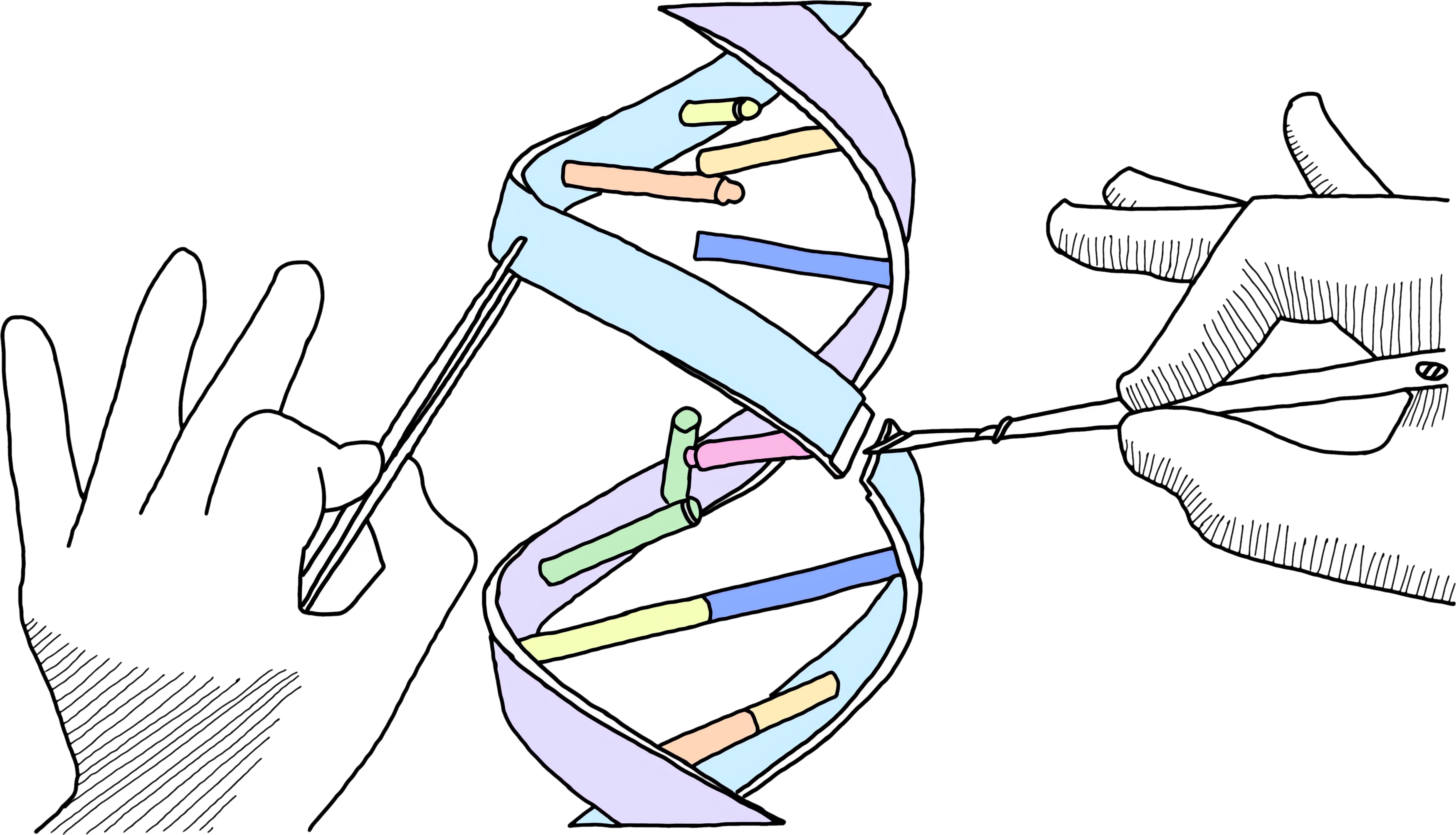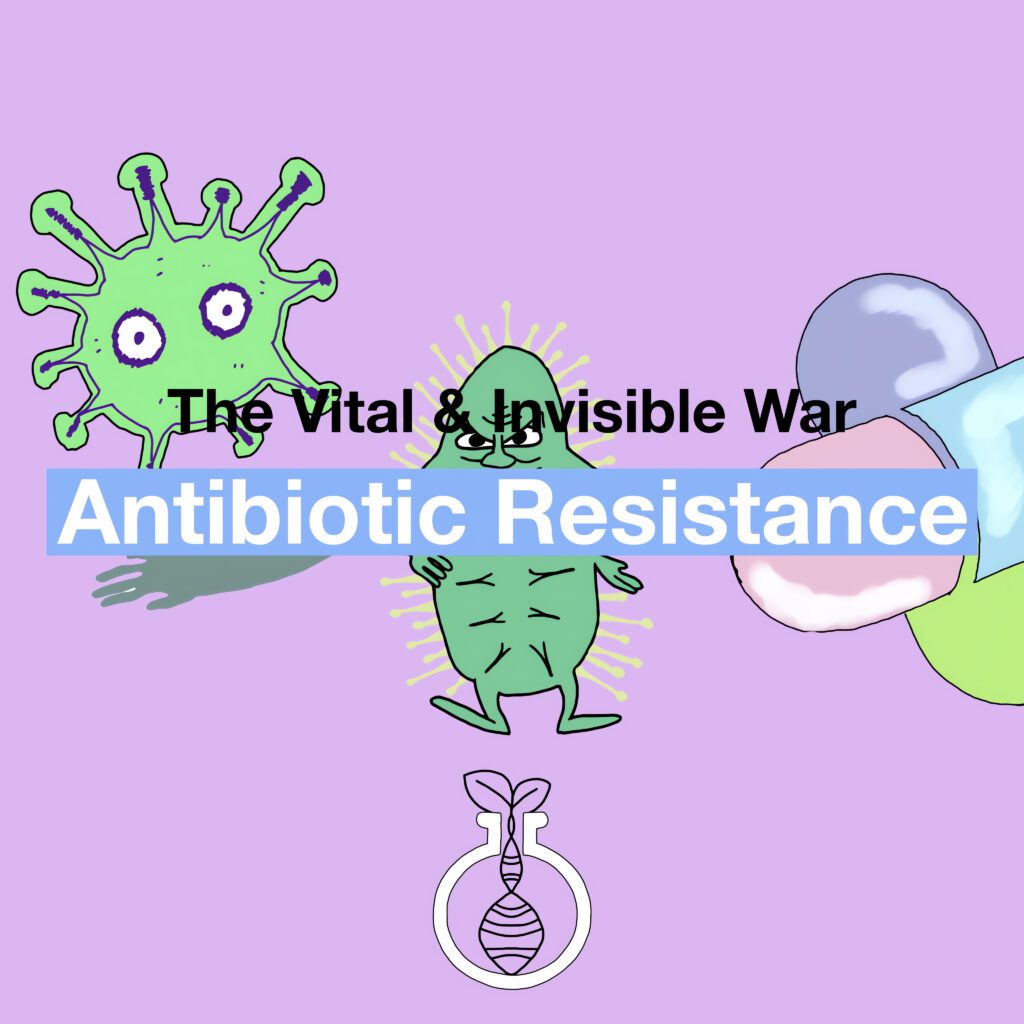Imagine holding a pair of molecular scissors so precise that you could snip out imperfections in the blueprint of life itself—your DNA. It might sound like something from a futuristic sci-fi novel, but thanks to CRISPR-Cas9, this is now reality. CRISPR isn’t just another tool in the scientific toolbox; it’s a revolution. It’s allowing us to edit genes with pinpoint accuracy, unlocking possibilities that were once thought to be the stuff of dreams.
Whether it’s curing genetic diseases, engineering super-crops, or potentially creating organisms that can survive on Mars, CRISPR has the potential to change everything. But what exactly is this tool, how does it work, and what does the future hold for this groundbreaking technology?
Let’s dive into the world of CRISPR and explore how it’s shaping the future of science, medicine, and agriculture.


What is CRISPR-Cas9?
To understand the magic behind CRISPR, we need to zoom in on the microscopic world of bacteria. CRISPR (Clustered Regularly Interspaced Short Palindromic Repeats) is a naturally occurring defense system found in these tiny organisms. Think of bacteria as little warriors constantly fighting off invading viruses. Over time, they’ve developed a method to “remember” their enemies by storing fragments of viral DNA in their own genomes. This acts like a mugshot database—if the virus returns, the bacteria recognize it and destroy it before it can do any harm.
Now, here’s where Cas9 comes into play. Cas9 is a specialized protein, acting like a molecular pair of scissors. When a virus is recognized, Cas9 swoops in and cuts its DNA, effectively neutralizing the threat.
What scientists realized was that this system could be hijacked and reprogrammed to target any piece of DNA, not just viral DNA. CRISPR acts like a GPS system, guiding Cas9 to a specific gene, and Cas9 does the cutting. This allows scientists to snip out, modify, or replace genes with astonishing accuracy, opening the door to endless possibilities.


CRISPR-Cas9 in Action: Editing DNA Like a Pro
Think of CRISPR as the world’s most sophisticated word processor, but instead of editing typos in a document, it edits genetic code. DNA, after all, is like the instruction manual for every living thing, and with CRISPR-Cas9, scientists can find a specific sentence in that manual and either correct it, delete it, or add something new.
Here’s how it works step by step:
1. Locate the target
CRISPR guides the Cas9 protein to the exact spot on the DNA where a change needs to be made. It’s like giving Cas9 precise coordinates in the vast universe of a cell’s genetic material.
2. Cut the DNA
Once at the right spot, Cas9 makes a clean cut, splitting the DNA’s double helix. Imagine cutting a thread at the exact point you want to remove or replace.
3. Repair or Edit
The cell’s natural repair machinery kicks in, but scientists can introduce a new piece of genetic material at this point, “pasting” in a new sequence or correcting the broken DNA.
This process allows for an unprecedented level of control over the genetic code. We can now correct genetic mutations that lead to disease, introduce new traits into plants and animals, or even, in the future, engineer life forms that are better suited to their environments.


Real-World Applications: The Promise of CRISPR-Cas9
So, how is CRISPR-Cas9 being used today? The potential applications are staggering, and we’re only scratching the surface of what’s possible.
Medicine
Imagine curing genetic diseases like cystic fibrosis or muscular dystrophy by editing out the faulty gene. Researchers are already working on treatments for sickle cell anemia, and the early results are promising. CRISPR could one day be used to treat a wide range of diseases, including cancer, HIV, and even Alzheimer’s.
But the medical applications don’t stop there. Scientists are also exploring ways to use CRISPR to make immune cells more effective at fighting cancer. Some have even proposed using CRISPR to prevent inherited genetic conditions before a baby is born, by editing the genes of embryos—a controversial but tantalizing prospect.
Agriculture
The agricultural world is on the cusp of its own CRISPR revolution. We’re already seeing crops that are more resistant to drought and pests, thanks to CRISPR’s precision editing. By tweaking the DNA of plants, scientists can create crops that grow faster, yield more food, and require fewer chemical inputs.
For example, CRISPR could help develop rice strains that can withstand flooding, or corn that can thrive in dry climates—traits that would be invaluable as the world faces climate change and the need for sustainable food production.
Conservation and Ecology
CRISPR isn’t just for humans and crops—it can be used to save endangered species as well. By editing the genes of endangered animals or plants, we might be able to help them adapt to changing environments or combat diseases. Scientists are even exploring using CRISPR to control populations of invasive species or pests, by editing the reproductive genes of these organisms.


Ethical Considerations: The Double-Edged Sword of Gene Editing
With all this potential comes serious ethical considerations. Should we be editing human embryos? Where do we draw the line between treating diseases and enhancing human traits? Could CRISPR be misused for purposes like “designer babies,” where parents select the physical or intellectual traits of their future children?
The power of CRISPR lies in its precision, but also in its far-reaching implications. Editing the genes of a single organism could have unintended effects on future generations, or on ecosystems. The technology is advancing faster than the ethical guidelines governing it, which has led to heated debates in scientific, legal, and political circles.
As we continue to explore CRISPR’s capabilities, we must also consider the responsibilities that come with this power. How do we ensure it’s used for good? And who gets to decide what counts as “good”?


The Future of CRISPR-Cas9: A New Era of Possibilities
If the last decade of CRISPR breakthroughs has been any indication, we’re standing at the threshold of a new era in science. In the future, CRISPR may allow us to rewrite entire genomes, not just to treat disease, but to enhance human abilities, create new forms of life, or even terraform planets.
Scientists are already working on new versions of CRISPR that are even more precise and less likely to make off-target edits, increasing the safety and reliability of gene editing. As we improve these tools, CRISPR could become as common in labs as the microscope or the computer, with applications that extend far beyond what we can imagine today.
Picture this: organisms engineered to clean up environmental pollutants, crops that grow on barren land, animals designed to produce life-saving drugs, or humans immune to aging. CRISPR holds the key to all these possibilities and more.
In many ways, CRISPR is like the printing press, the steam engine, or the internet—it’s a transformative technology that will change the world in ways we haven’t yet begun to comprehend. As we move forward, the challenge will be to balance the tremendous potential of CRISPR with the ethical and social implications it brings.
One thing is for sure: we are witnessing the dawn of a genetic revolution, and CRISPR-Cas9 is leading the charge. The question now is not whether we can rewrite the code of life, but how far we’re willing to go in shaping our own future.




My name is Ali Emre Cabadak, a dedicated biology enthusiast currently pursuing my studies at Marmara University, where I am majoring in Bioengineering. As a passionate advocate for scientific discovery and innovation, I am the founder of Biologyto. My goal is to bring the wonders of biology closer to everyone and inspire a new generation of thinkers and innovators. Through Biologyto, I aim to write scientific articles that delve into the fascinating world of biology, sharing insights and discoveries that inspire curiosity and innovation.






Pingback: Gene Therapy: The Future of Medicine